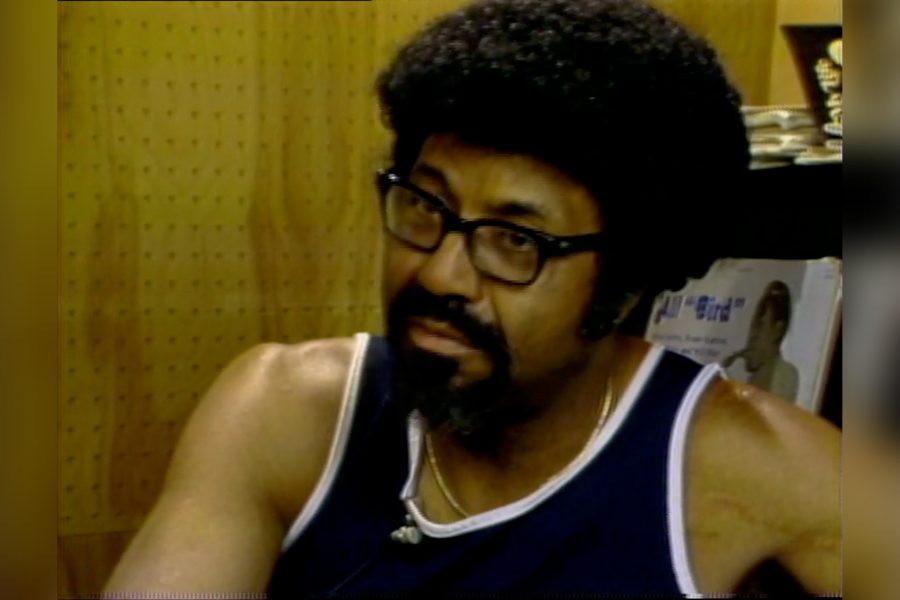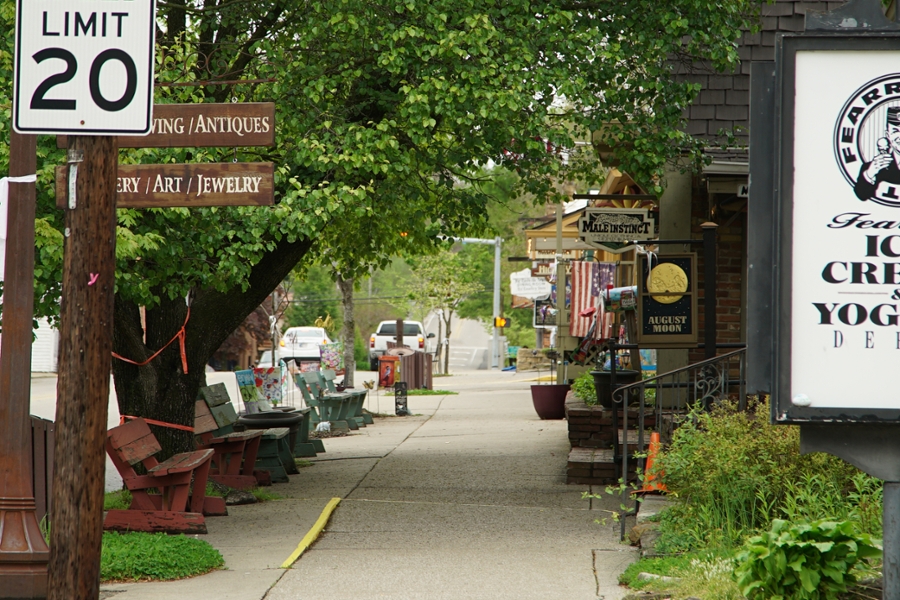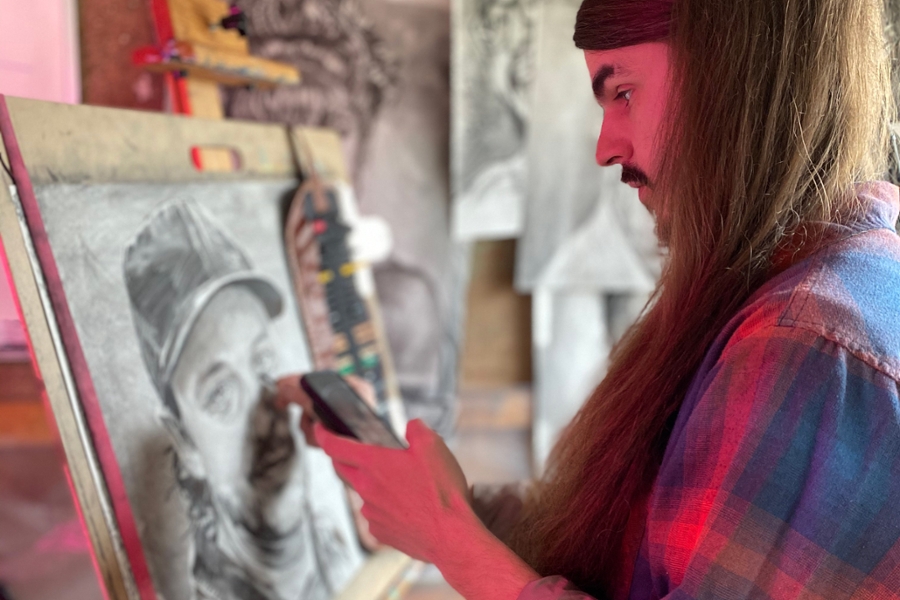When you think about jazz in South Central Indiana, you might think of the Jacobs School or weekly jazz nights at Bear’s Place or driving up to the Jazz Kitchen in Indianapolis. I (shamelessly) hope you think of Jazz in July, but I digress.
But On the Downbeat: A Jazz Heritage, a 1983 documentary from WTIU, wants you to think about the musicians who got jazz to its current level in the region.
The 30-minute program is available for free in its entirety through Indiana University’s Media Collections, no login required.
“Jazz is everywhere [now],” said On the Downbeat Producer, Director and Writer Dave Derkacy. “It’s not quite the heyday of the 50s on Indiana Avenue, when you had all these major [players]: Slide Hampton, J. J. Johnson, Dave Baker – everyone was playing jazz in the 50s.”
Downbeat gets to know some of those players, featuring interviews with Indiana jazz giants like Baker (who started the Jacobs School’s Jazz Studies Program), Harold Cardwell and Pookie Johnson, all of whom are no longer with us.
“The resources at that time are not replaceable. Because two great guys who played together for 50 years passed away – that was Pookie Johnson and Jimmy Coe,” Derkacy said. “Those sources were directly aligned from the 50s.”

As Derkacy added, we were much closer to jazz’s heyday in 1982 than in 2019; trying to recreate the documentary today wouldn’t afford you the same primary witnesses to jazz’s rise in Indiana.
Those interviewees also give firsthand accounts to the struggles that black players faced during the burgeoning days of the genre.
Pianist Errol Grandy details how difficult it was to make sure black musicians were paid after gigs. Baker notes that, despite jazz music being born out of the black community, it was white players who received the bulk of the early attention. Downbeat even talks with Bob Womack, Sr., who was responsible for forming Indianapolis’ first integrated jazz band.
Bloomington and Indianapolis have a rich history with jazz, and Downbeat gathers the people behind the history in a way that would be impossible to emulate today.
To see the whole program, head here.




